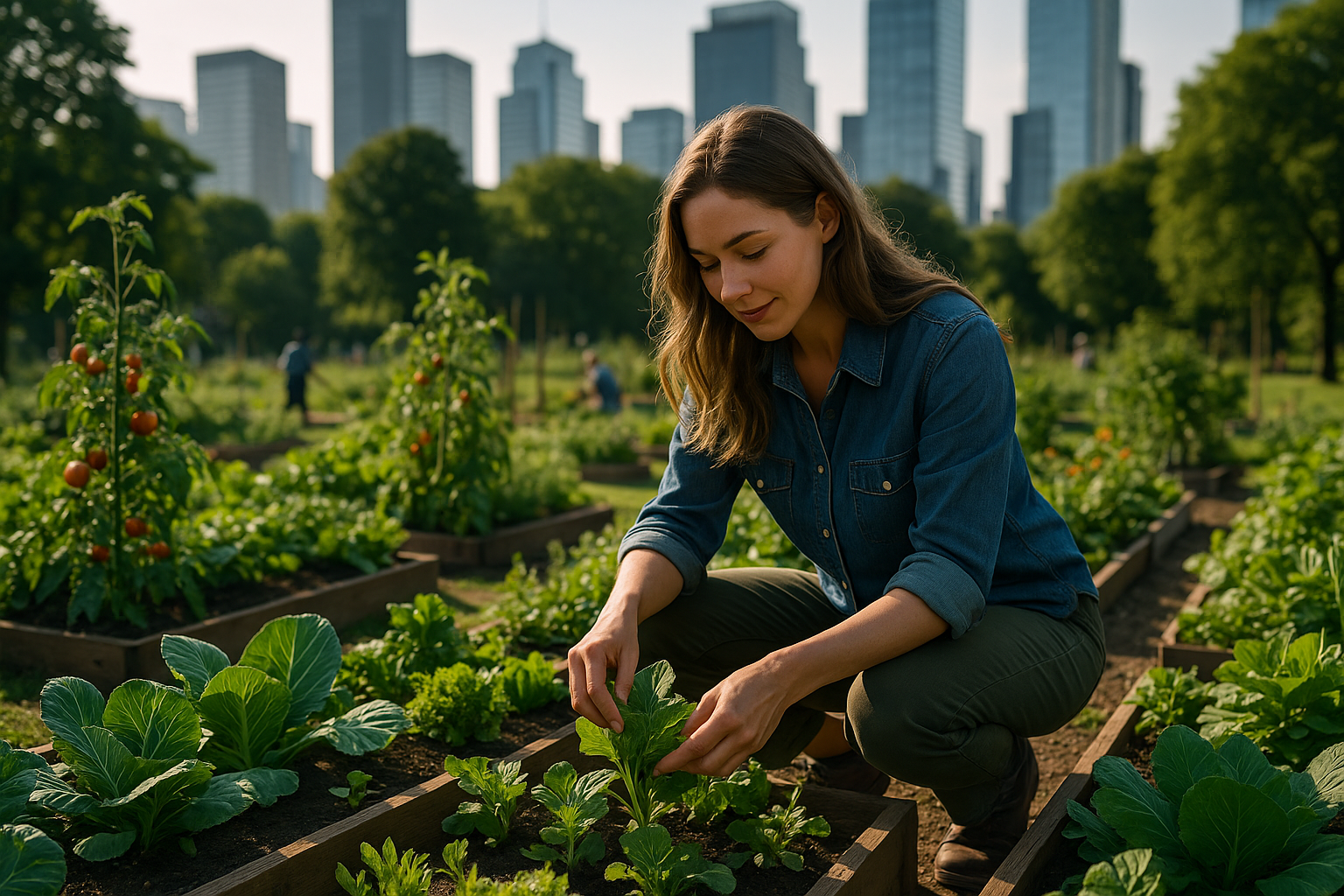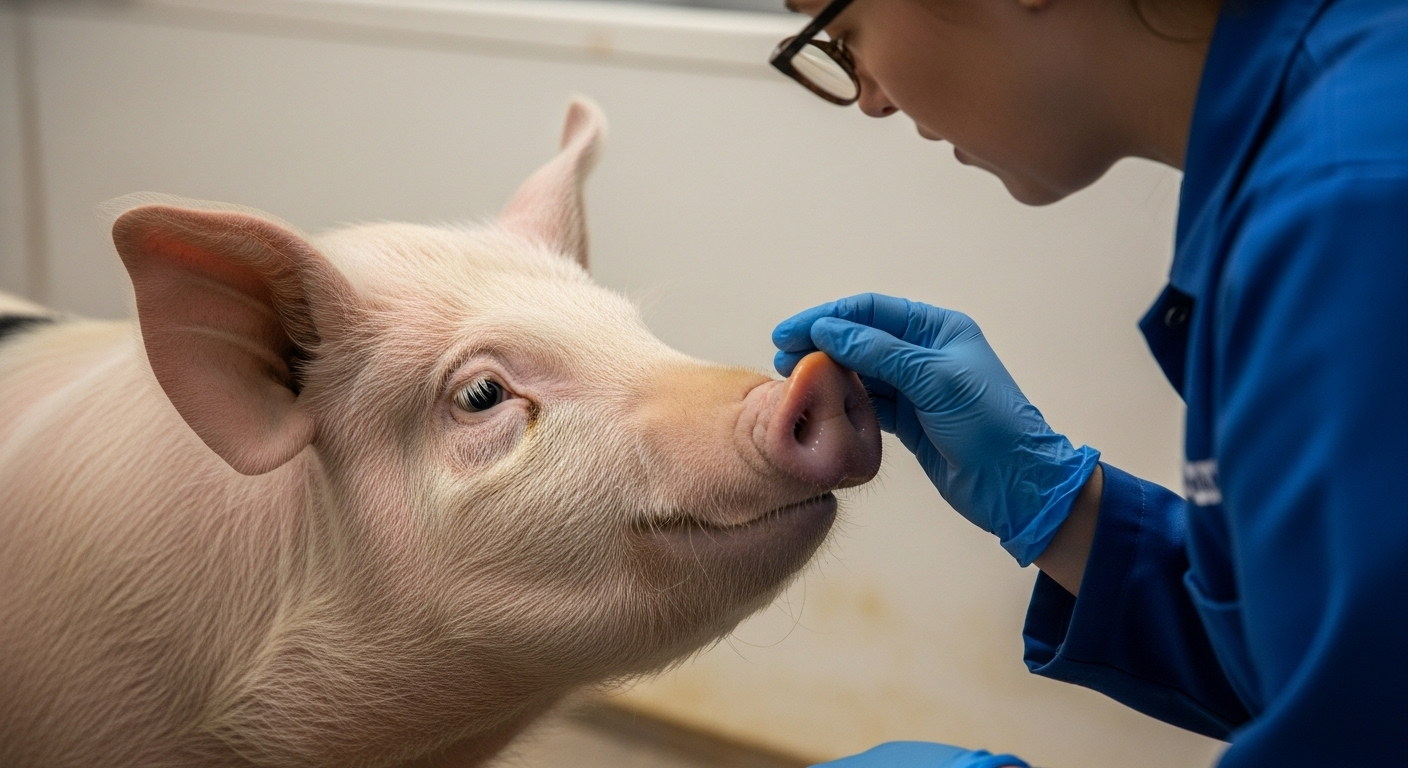The Emergence of Urban Gardening: A Green Response to Modern Living
Urban gardening is not a novel concept, but its resurgence in today's fast-paced, technology-driven world offers a breath of fresh air. It is a movement that marries the concrete jungle with the natural one, offering not just a hobby, but a lifestyle shift that is reshaping the urban landscape.

A Historical Glimpse at Urban Gardening
Urban gardening’s roots reach back to the 1890s, when Detroit Mayor Hazen Pingree urged citizens to plant vegetables in vacant lots to combat the economic depression. This initiative, known as the “Pingree’s Potato Patches,” became the foundation for urban gardening in the United States. The idea was revisited during the World Wars when “Victory Gardens” were promoted to supplement food supplies. Today, as we grapple with issues of sustainability and food security, urban gardening has once again emerged as a viable solution.
The Shift Towards Green Urban Spaces
Modern-day urban gardening is not merely about growing food; it’s about community, education, and sustainability. As urban dwellers seek solace from their chaotic surroundings, many turn to community gardens for relaxation and connection. These green spaces provide an opportunity for people to learn about agriculture, ecology, and nutrition. They also serve as a platform for promoting sustainable practices, like composting and water harvesting.
Societal Impact of the Urban Gardening Movement
With each sprouting seed, urban gardens are reshaping our cities and their inhabitants. They offer a respite from the concrete, improve air quality, and reduce urban heat. They also foster community cohesion and provide access to fresh produce in food deserts. Moreover, they serve as an educational platform where people, particularly the younger generation, learn about the environment, nutrition, and the importance of sustainable living.
Research-Backed Insights on Urban Gardening
Studies reveal that urban gardens have positive impacts on mental health, reducing stress and improving mood. They also promote physical activity and a healthy diet, contributing to disease prevention. Moreover, they provide opportunities for social interaction, fostering a sense of community among urban dwellers who might otherwise feel isolated.
Balancing Depth and Accessibility in Urban Gardening
While urban gardening might seem complex, especially to those new to the concept, it’s quite accessible. From window boxes and balcony planters to community gardens and rooftop farms, there are various ways to get involved. Urban gardening is not just about having a green thumb; it’s about wanting to make a difference in your surroundings, your community, and ultimately, the world.
Urban gardening is a testament to our adaptability, our resilience, and our constant search for balance. As concrete structures continue to rise, so does our need for green spaces. Urban gardening is a green response to modern living - a movement that brings us back to our roots, reminding us of our connection to the earth and each other.




